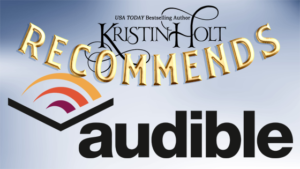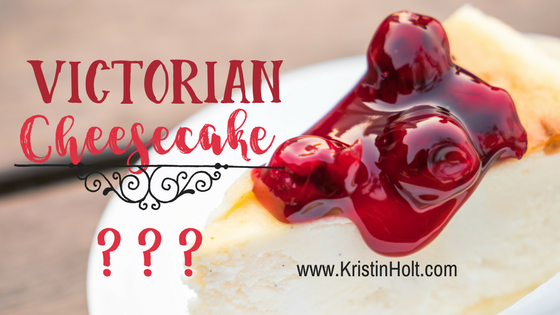
by Kristin Holt | Jul 30, 2017 | Articles
Today, July 30th, is National Cheesecake Day. Yummy!
Did cheesecake exist in Victorian times? Earlier? When was it invented? The timeline of this rich dessert might surprise you! Come see vintage recipes from Victorian-era American newspapers and cookbooks, variations on the theme of cheesecake, and learn how “new” ingredients (such as Philadelphia Cream Cheese) came about… A calorie-free way to celebrate National Cheesecake Day!
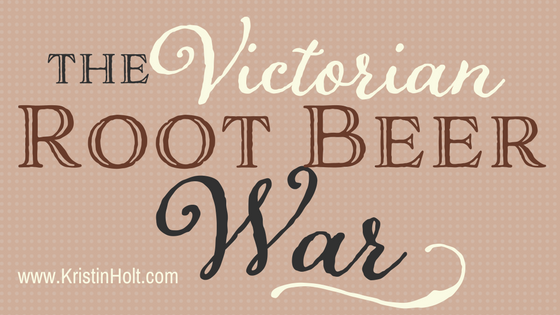
by Kristin Holt | Jul 27, 2017 | Articles
Hires Root Beer, from its debut in the mid-1870s, was sold as a refreshing beverage (with no medicinal expectations). The name, chosen by Charles H. Hires, to appeal to tough coal miners, who’d never find “root tea” attractive, ended up causing Hires Co. a bit of trouble with Women’s Christian Temperance Union (WCTU). Who knew that “beer” in a name, and the common knowledge that root beer extract was percolated with alcohol (though the finished drink had no more than a whole loaf of homemade bread), to cause banning of the beverage?

by Kristin Holt | Jul 19, 2017 | Articles
I found a book for writers, instructing how to plot a romance so all the essential elements are present, and the book was SO valuable, helped so much, I can’t keep this excellent find to myself. Come see my 5-star review for Gwen Hayes’s Romancing the Beat: Story Structure for Romance Novels.
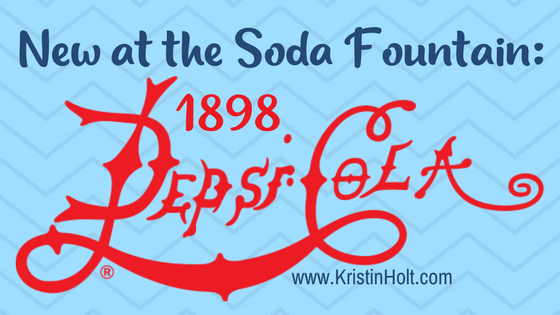
by Kristin Holt | Jul 15, 2017 | Articles
Pepsi-Cola was born in North Carolina from a soda fountain beverage first known as “Brad’s Drink”. Caleb Davis Bradham ran a drugstore and served cola-based beverages to his customers. His own creation, (“Brad’s Drink” which became) Pepsi-Cola, arrived at the turn of the century. Pepsi-Cola few with the new (20th) century, with changing logos, bottle shapes, and the nickel-a-glass price. One big difference from Victorian Coca-Cola? Twice the size of that glass, for the same price.

by Kristin Holt | Jul 11, 2017 | Articles
We know original Coca-Cola (debuted 1886) did have cocaine in it–and not “a trivial amount”. The product began as a replacement for coca wine (just what it sounds like), when temperance laws outlaws alcohol, and Pemberton needed a replacement vector for his coca leaves. Looking back at vintage sources, it’s easy to see when cocaine was removed from Coca-Cola, and how the owners ensured their not-yet-trademarked product remained protected. Numerous credible scientists analyzed the syrup (from various retail locations), swearing to Coca-Cola’s freedom from cocaine, but the attacks didn’t stop overnight. Decades later, Coca-Cola maintained its status as a substance-free “refreshing drink”, a 180° switch from its Patent Medicine beginning.
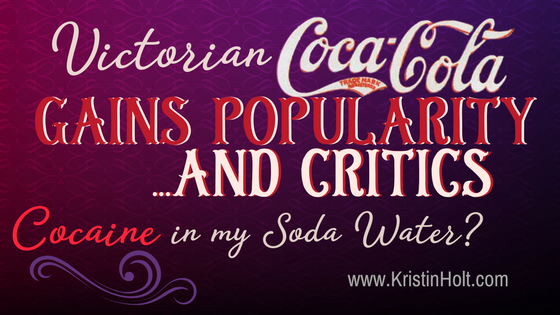
by Kristin Holt | Jul 8, 2017 | Articles
“[Coca-Cola] has gained an enviable reputation, and has taken position at the very front of the leading and popular soda fountain beverages,” said The Atlanta Constitution of Atlanta, Georgia, on June 21, 1891. People loved the beverage (and its medicinal value), and many wrote testimonials in its favor. So why the complaints? A vintage article titled It Looks Like a Dangerous Drink, originally published in The Abbeville Press And Banner of Abbeville, South Carolina, on July 1, 1891 brings up concerns and presents arguments on both sides, urging consumers to draw their own conclusions. Had YOU been a consumer in 1891, what would you have thought?
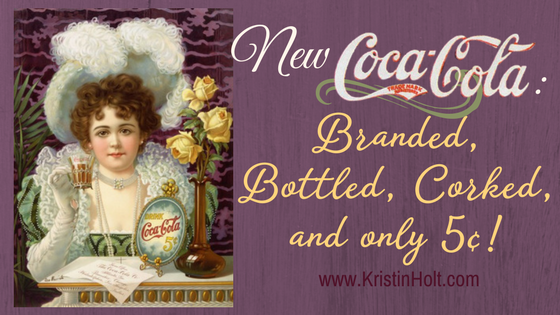
by Kristin Holt | Jul 5, 2017 | Articles
In the 1890s, Coca-Cola bottled their carbonated beverage, first in cork-sealed bottles. Metal caps came along relatively quickly. The company went through many different glass bottles until settling on their branded shape that is still in use today. Coca-Cola’s logos changed very little through the years, and the Victorian-era Spencerian script is still Coke’s highly recognizable choice today. Each glass (or bottle), about 6 oz. each, sold for just 5¢. Initially promoted as a health-promoting, illness-defeating tonic (patent medicine), the beverage was soon advertised as a refreshing beverage…and with good reason.
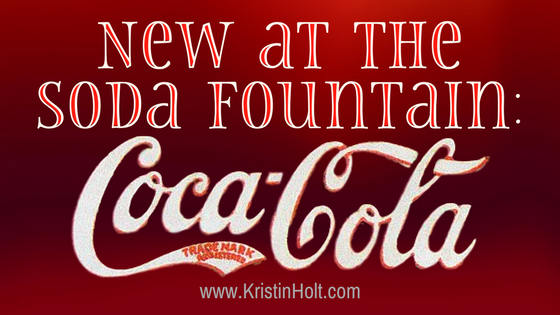
by Kristin Holt | Jul 2, 2017 | Articles
Coca-Cola was born in Atlanta, and quickly gained popularity at drugstores and soda fountains, showing up very quickly a thousand miles away in mid-Kansas! Coca-Cola was touted for a wide variety of medicinal benefits, including nervous affections and sick headache. In less than fifteen years, Coca-Cola was widely known from New England to Los Angeles. Coca-Cola belongs on the long list of American Victorian Inventions.
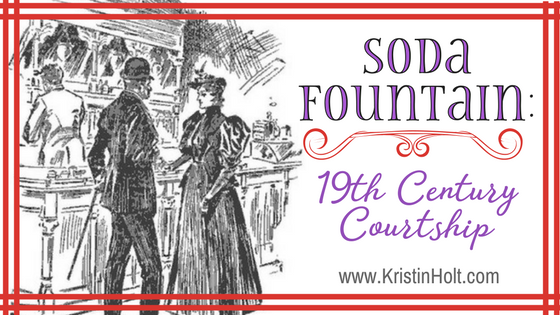
by Kristin Holt | Jun 29, 2017 | Articles
At the Turn of the 20th Century (year 1900), the Soda Fountain was a safe and socially acceptable place for men and women to meet. Courting couples could enjoy a little semi-private time tucked in the back of the drug store sipping one Coca-Cola from two straws. Come see a vintage article written about why soda fountains foster romance, and how the Soda Men must safeguard themselves against falling for lonely maiden customers. Soda Fountains remained a courtship and dating icon from the late nineteenth century through the 1950s and beyond. What was the draw?
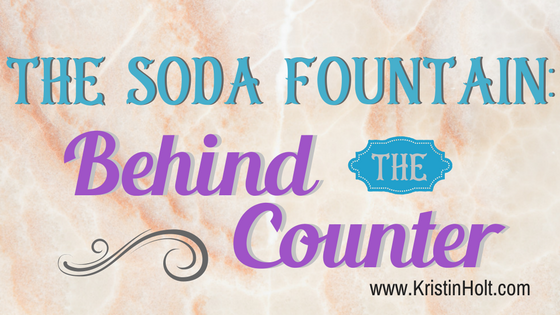
by Kristin Holt | Jun 26, 2017 | Articles
Behind the 19th century soda fountain counter, “baristas” known as Dispensers or Soda Men, knew a tremendous amount about customer service, the making of an ever-growing list of beverages, and the care and use of operating the soda apparatus. While other trained men mixed syrups, compounded recipes for everything from soda water to flavorings to syrups, and cleaned and repaired the machines, this article focuses on the Soda Men and their key role in the success of a Victorian-American Soda Fountain. This post is filled with primary-source recipes, tips for excellent customer service, and instructions to properly pour a soda water or ice cream soda.

















